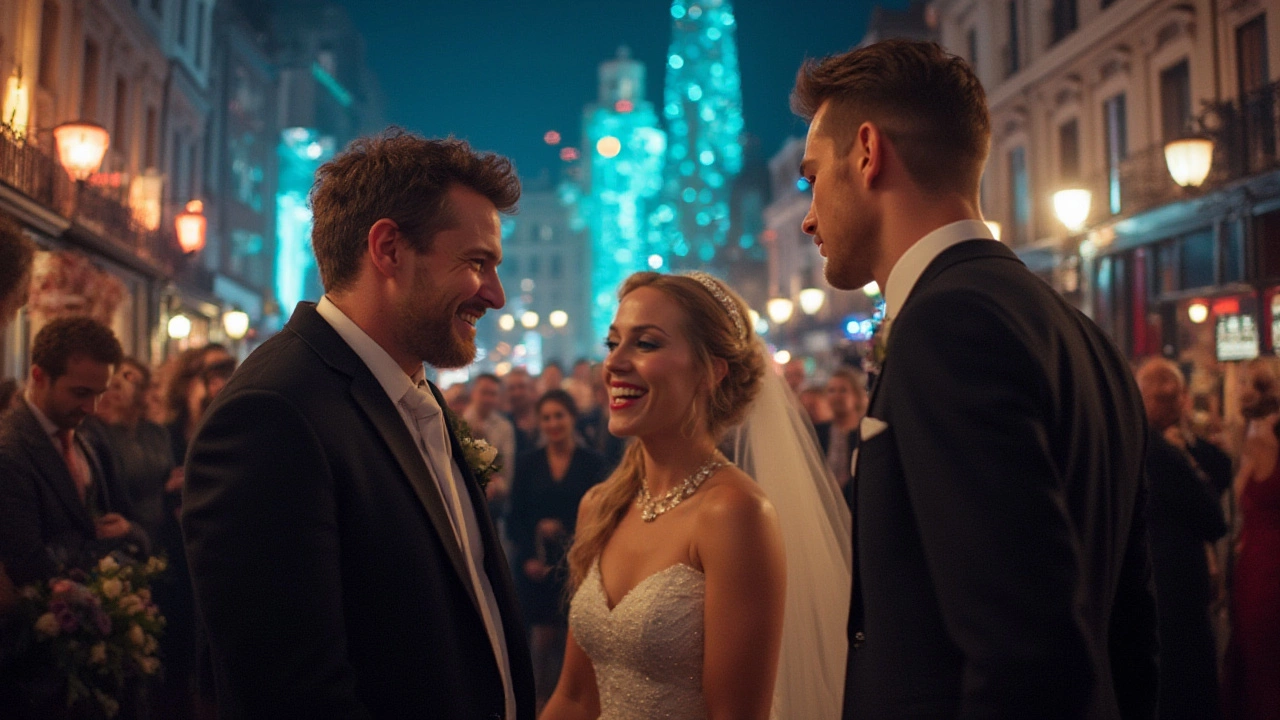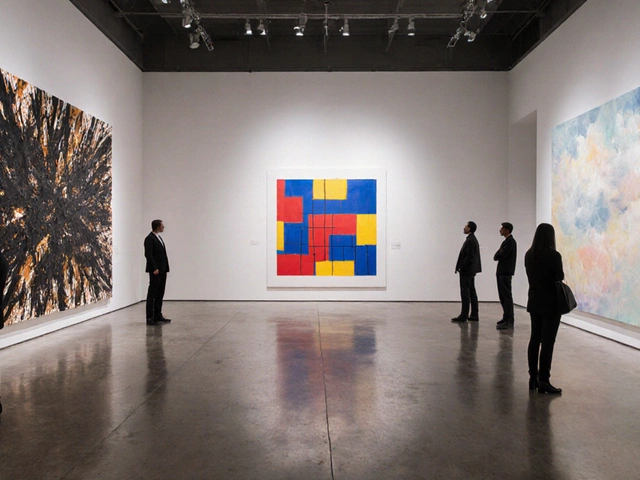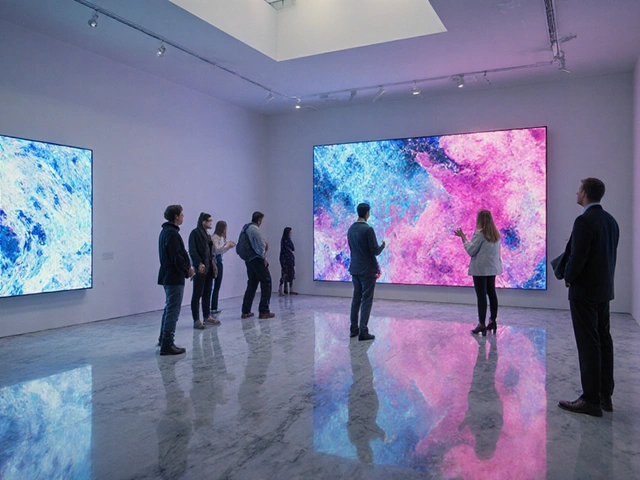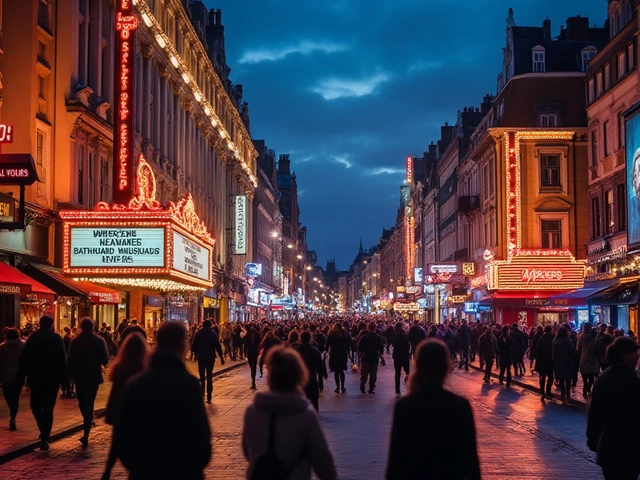If you think snapping photos is just about scoring likes on Instagram, think again. There are photographers in New Zealand—and around the globe—raking in more than some doctors or lawyers. What’s their secret sauce? It’s not just talent. It’s picking the right niche, the right clients, and knowing what businesses are happy to shell out for. Some photographers clinch six-figure deals with big brands, while others make a fortune covering one high-profile event a month. Curious about where the real money flows in photography? Let’s expose the secrets, pixel by pixel.
The Big Fish: Commercial Photography and Why Brands Pay Big Money
Walk into any glossy magazine, scroll through a crisp-looking ad on your feed, or check out a product launch—that all costs money, and the shots are rarely taken by someone’s hobbyist uncle. Commercial photographers cater to businesses with deep pockets, especially those wanting flawless images for campaigns or product lines. Why is the money here huge? Because the image isn’t just a picture, it’s part of a brand's entire identity. One killer shot could feature on a billboard, digital ad, packaging, and social posts for years. Brands demand perfect lighting, high-end retouching, and slick editing—and they’re willing to pay for it.
Commercial work includes fashion, product, advertising, food, and even real estate photography. Big brands might pay $2,000 to $15,000 per day for a high-end shoot, flying in top shooters from other countries if needed. Licensing fees can spike the payout, especially if the image will be everywhere—think Air New Zealand’s annual campaigns or luxury automotive brands launching a new car.
And it’s not just the shoot itself. Pre-production and post-production matter. Agencies often pay for location scouting, model casting, stylists, and full teams. Rates reflect the skill, the pressure, and the value of the final images. A creative agency in Auckland paid over $50,000 NZD for a single campaign shoot last year, including full licensing for global use. So if you want to tap into the highest income tier, commercial photography (and its cousin, advertising photography) is where to focus your hustle.
Editorial vs. Event: Where the Real Earnings Lie
Most photographers dream of seeing their images in famous magazines, but editorial work often pays far less than commercial gigs. Magazines and newspapers deal in tight budgets. An editorial shoot for a well-known magazine may net you just $400 to $800 per session in New Zealand. Compare that to shooting a big corporate event, a luxury wedding, or a week-long convention; you could walk away with $8,000—or even $50,000 if you’re at the top of your game, shooting A-listers or Fortune 500 events.
Event photography thrives on the "one-chance-to-get-it-right" factor. Couples, corporations, and VIP clients expect nothing short of magic, which bumps up the pay. A wedding photographer who’s built a reputation (think: signature style, viral Instagram moments, referrals from wedding planners) can charge $5,000 to $20,000 for a full wedding weekend. Private events with high-profile guest lists—not just in Wellington but places like Queenstown—bring in even steeper rates.
Not all events mean weddings. Sporting events for big sponsors, music festivals, and corporate retreats attract big brands, and their expectations match the budget. These clients want quick turnaround, flawless editing, and digital files ready for press. Bring reliability, efficiency, and a friendly face—your referrals can skyrocket if you deliver.

Stock Photography, NFTs, and Selling Your Art: The Passive Income Game
Dreaming of shooting what you love and making money while you sleep? Stock photography and the digital art world offer a less direct, more ‘set-it-and-forget-it’ approach to getting paid. So, how does one build real income here?
Stock photography was the side hustle for many, but the price-per-image has dipped as supply exploded. Still, photographers who focus on high-demand subjects—like business, technology, environmental issues, or authentic human emotions—can see steady sales, especially if their portfolios live on several platforms (Getty Images, Shutterstock, Adobe Stock). The real stars here upload thousands of images, treat it like a numbers game, and earn passive income that stacks year on year. Some years back, Kiwi shooter Trey Ratcliff claimed six figures just from licensing unique travel and landscape shots that no one else had. It’s not a lottery win, but if you keep feeding the beast, it does add up.
Then there’s NFTs (non-fungible tokens) and limited-edition digital prints. While the NFT bubble cooled, the world of digital art hasn’t gone away. Top photographers—I’m talking about folks with distinctive styles, viral followings, or rare takes on landscapes—still move limited runs for thousands of dollars per piece. You’ll find New Zealanders pulling in strong sales by marketing to global art buyers via curated digital galleries and auction sites. The passive route pays in the long run: set up the shop, keep marketing, let collectors and agencies discover you.
Specialized Niches: Aerial, Underwater, and Medical Photography
If you’re playing in a niche where not everyone can even get started, you’ll face far less competition and attract bigger paychecks. Take aerial photography—using drones or helicopters—and think about how many folks are trained, licensed, and creative enough to deliver tomorrow’s jaw-dropping cityscape or real estate teaser. Drones are cheaper than ever, but producing high-res, smooth, and safe shots (especially for commercials, film, or surveying) is not for amateurs. Here in Wellington, some aerial specalists charge upwards of $3,000 per hour depending on the job’s risk, location, and value to the client.
Underwater photography? Now, that’s a whole different animal. You need the physical chops, certifications, and special gear to even compete, which shoots up your rate. Underwater photographers who specialize in marine conservation, tourism, or fashion underwater shoots often charge premium rates—think $8,000+ for a multi-day session. Lot less competition, way more stress, but incredible rewards if you’re willing to go deep (literally).
And few talk about medical, scientific, or forensic photography. Hospitals, universities, and government agencies don’t skimp when crucial procedures or research require crystal-clear documentation. These assignments can pay $120,000+ per annum for a steady, contracted position, or over $2,500 per session for freelance work documenting research or surgeries. These fields require specialized skills and often advanced degrees. If you’re the detail-obsessed, methodical sort who doesn’t mind less creative license in exchange for big, steady pay, this is a route people in cities like Auckland, Christchurch, and even Wellington have quietly used to carve lucrative careers.

How to Land High-Paying Work and Boost Your Income
Making it into the most lucrative photography gigs doesn’t just happen. The highest earners don’t simply wander into the right jobs—they build reputations that command high prices, network with ambition, and pitch their value like pros.
- High paying photography jobs go to those who create unmistakable personal brands. No one is confused when they stumble onto Ben Huggins’ adventure shoots or Emma Bass’s floral portraits; their names are their style. So, work out what makes you unique and show it off every chance you get.
- Build a portfolio site people remember. The highest-paid photographers don’t just have Facebook albums—they invest in killer web design, custom domains, and mobile-friendly layouts. Make it stupidly easy for potential clients to know who you are, what you do, and how to hire you. Swanky portfolios with client testimonials, press mentions, and high-res galleries always stand out.
- Network hard. Hi-fi commercial gigs, big-budget weddings, or corporate campaigns often come via word-of-mouth or agency referrals. Attend industry events, pitch yourself to agencies, and don’t be shy about sliding into DMs if you admire someone’s work and want to collaborate or ghost-shoot for them.
- Learn the skill of pricing and negotiation. The more experience you get, the more you can justify higher rates—but you need to know your worth. Be upfront with rates; offer packages that suit different budgets but don’t undersell yourself. Remember, time spent shooting is just the tip of the iceberg—editing, communicating, traveling, and licensing images all add up.
- Piggyback your skills. If you shoot weddings, build related income streams—albums, photo booths, drone shots, or even after-movie highlights. Commercial shooters? Offer behind-the-scenes videos or social media teaser packages. The more value you pack in, the juicier the invoice.
- Stay sharp and adapt. Tech moves fast—learning new editing styles, staying current with social media trends, and upgrading your gear when it gives you an edge pays off. Many top-paid photographers in 2025 offer video services and 360-degree images, as these are hot tickets for brands and real estate clients after immersive digital experiences.
The short version: Pick the paying lane that fits your skills, learn to market yourself with flair, always deliver under pressure, and the market will reward you. There’s huge money lurking behind every lens, if you know where to look and have the drive to chase it.





